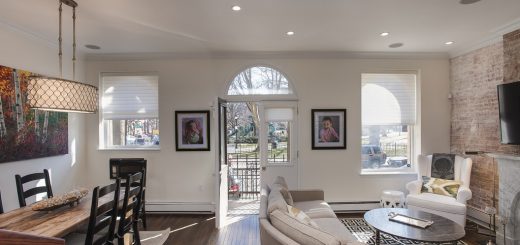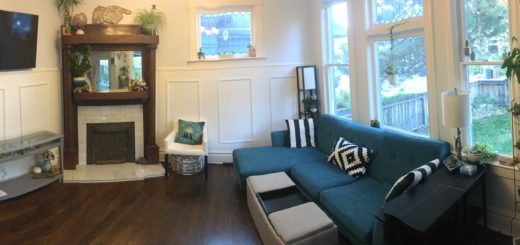How to Deal with the Boss and How to Deal with Being the Boss
Having been on both sides during my decades of experience in the interior design industry, I can tell you that a bad boss—or just a poorly managed company—can be completely demoralizing to an employee, whether it’s all at once or whether it occurs over months or even years of accumulative hassles. Several of the designers who contribute to this site have gone from apprentice to employee to owner (and one even went back to being an employee). It’s a common story and transition in the interior design world, in other words. And so, I wanted to share some insights and resources for how to deal with a bad boss and for dealing with being the boss.
Triangulation with the Client Only as a Last Resort
Here’s my golden rule: Whether it’s impossible expectations, cons or crazy clients, there’s going to be so many times that boss and employee have to deal with frustrating or crappy clients that you really do need to use triangulation with the client as a last resort. And there are going to be times in which you’re tempted. As much as you may think you share the same aesthetic tastes and design choices as your employee/boss, there are inevitably going to be differences of opinion. But avoid trying to use the client to make your case for you. There are several problems with triangulation as a general communication style, but I always thought of it like being parents. Even when you want to take your kid’s side over your spouse’s, you’ve got to think about the long-term.
Basic Marketing and Getting Your Firm Out There
Thinking about starting your own business? Great, but know that a lot of today’s online guides make it sound a lot easier than it is. I suggest taking this online resource about taking your interior design business to the next level as something more like a bare minimum of what you should expect to have to do. This is something that’s really impossible to fully appreciate as an employee until you’ve gone through it.
Business Management Software
There are some fancy software marketing and business management solutions out there. Online lead marketing from a source like HomeAdvisor is one possibility. Ivy is a great software business management platform that’s designed and run by other interior designers with online payment accounts, furniture schedules, and other tailor-made features.
Reliable Payroll and Accounting
Like employers in most industries, it can quickly sap the morale of your team if the payroll isn’t on time or isn’t accurate. Accounting services can be some combination of expensive or unreliable. Hire an accountant you can’t trust and it could end up costing your business tens of thousands of dollars, if not more. If an online payment account, like Ivy, isn’t enough to manage your financial accounts, Designer Advantage is a great option for general bookkeeping. Once you hire an employee or two, you’ll also be looking for cheap payroll software options like Advanced Micro Solutions.
Business Insurance and Liability
This is one of those things that’s often forgotten about or underappreciated by employees who have never run their own design firm. Don’t underestimate the importance of having business insurance and what the outlines of a policy for an interior designer looks like. More than just protecting yourself financially, a major foul-up on your watch can permanently dent your reputation. At the very least, you need to make sure the client is made whole, even if that means your premiums go up.
Office Space and Staff
Even with a sophisticated software and modern-day marketing strategy, your company and thus the types of projects you’ll eventually be able to work on can be limited if you don’t have a professional-looking office space. Indeed, more than just hanging your shingle, the office location and space can be brand-defining in some cases and mandatory to open certain doors in other cases. If you want to work on the biggest projects for the most famous clients and venues, chances are you’re either a top designer at an established firm or you have at least some type of professional office and staff at your own company.
Recruiting and Maintaining Talented Designers
As hard as it is to start your own firm, it’s just as hard, if not harder, to find and keep talented designers once you can no longer handle all the clients and projects yourself—or just don’t want to maintain that pace of lifestyle anymore. It’s important that you have the basics of business management down pat before you set out to find your team of designers (and support staff). Ideally, you’ll have connections with junior colleagues and early career professionals who interested in a job—this is often a hidden benefit of going to conferences—but once you’re ready to start a recruiting and hiring campaign, you might consider a staffing service like Design Management Company.






Recent Comments